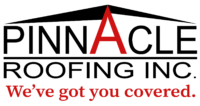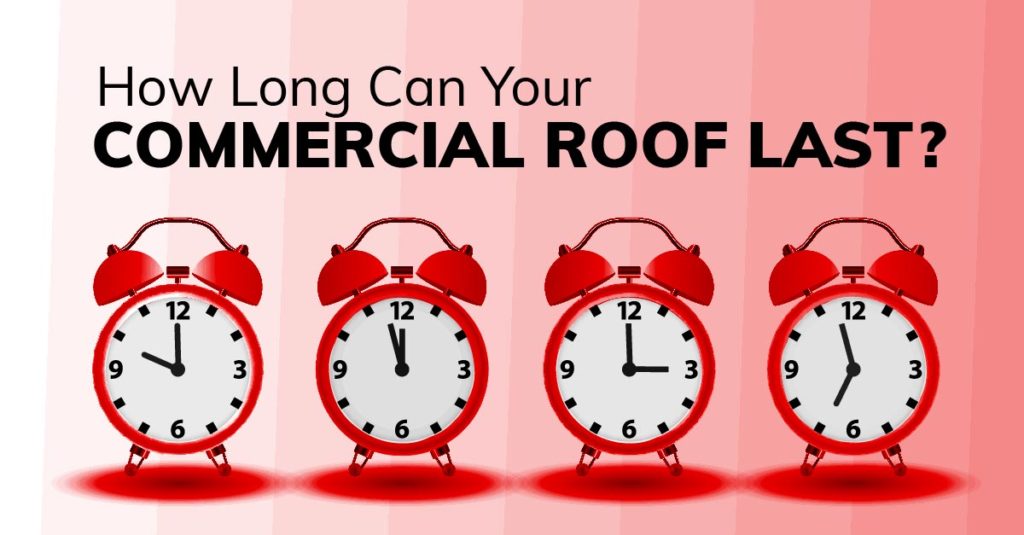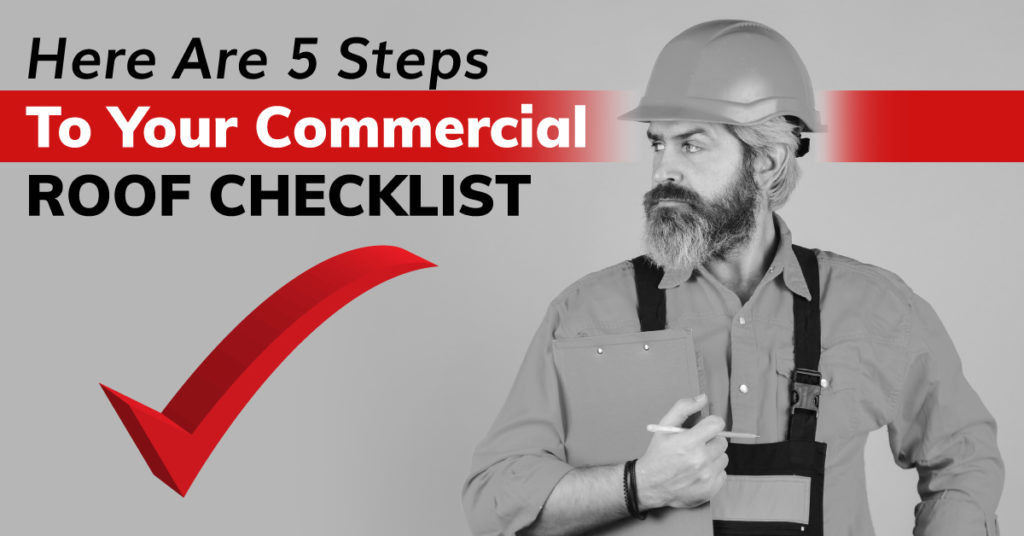The roof is the most vital part of a commercial building as it protects your entire property, employees, and everything inside from the elements. So, when issues arise with your commercial roof, it’s a huge decision to weigh between repairs and a full replacement. Understanding the cost factors associated with commercial roof replacement will help you make an informed decision.
Type of Roof
The most common commercial roofing materials include metal, TPO, PVC, Modified Bitumen, and EPDM. TPO provides outstanding resistance to UV rays, ozone, and some chemical exposure. It is less expensive than PVC roofing but requires quality installation for seams to effectively hold up over time. Metal roofs are extremely durable and long-lasting, but they are relatively expensive.
PVC roofs are also strong and long-lasting, with a lifespan of 20 years or more. However, PVC requires complete removal of an old roof before the new one is applied. The cost of EPDM roofs is generally very low, but these roofs are relatively fragile under adverse weather conditions and towards the end of their life. Modified Bitumen, on the other hand, performs better in cold environments.
Roof Access
The complexity of accessing your property and pulling off the old roof will also influence the cost of roof replacement. Your roofer will factor in things such as the safety for the workers, disposal of the old material, and getting supplies to your roof to determine the cost.
Other accessibility issues include:
- The height of the building
- Occupancy
- Material
- Property access
Typically, a 10-story building will be more expensive than a 2-story building as it will require cranes to lift materials to the roof.
What’s Underneath
If the building will need structural repairs along with the new roof, the cost of replacement will significantly increase. Under every commercial roof, there is a combination of single or multiple components, including the roof structure (metal, concrete, or wood decking), cover board, insulation, and other substrate materials.
The condition of the underlying roofing materials will impact replacement costs. So, if there is noticeable damage, these materials will need to be replaced, which increases the overall cost. An experienced roofing contractor will be able to identify areas which need replacement by assessing your commercial roof, both from inside and outside your building.
Code Requirements
Building codes vary from one jurisdiction to the next, and they often change over time. Other than wind loads and fasteners, each commercial building has local, regional, and state codes they are subjected to.
When it comes to commercial roofs, it’s important to work with a professional roofer to help you evaluate the condition of your roof and recommend the best course of action. Pinnacle Roofing has years of experience installing, repairing, and replacing commercial roofs in New York’s Capital Region and Southern Vermont. Contact us today to schedule a consultation with one of our friendly roofing experts.



